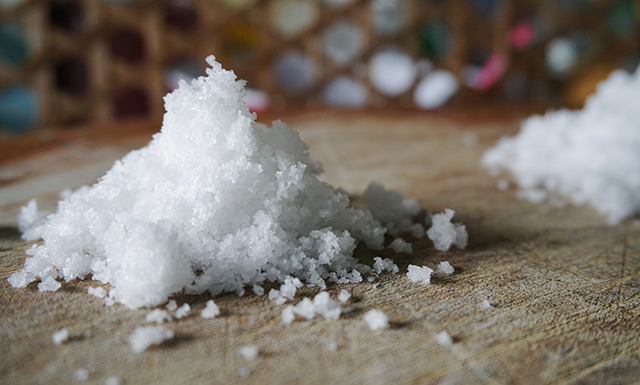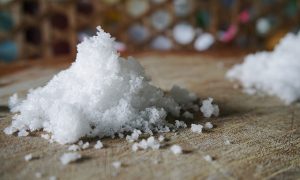BHT — toxicity, side effects, diseases and environmental impacts
12/13/2017 / By Jhoanna Robinson

Butylated hydroxytoluene (BHT) is also known for its chemical names such as 2,6-Di-tert-butyl-4-methylphenol; butylhydroxytoluene; and 2,6-Di-tert-butyl-p-cresol, among others. It prevents the autooxidation of unsaturated organic compounds and is therefore utilized in foods, cosmetics, and industrial fluids to inhibit free radical formation.
BHT is white crystalline solid in appearance, with a characteristic faint aromatic odor. It is freely soluble in toulene, methanol, isopropanol, methyl ethyl ketone, acetone, cellosolve, most hydrocarbon solvents, ethanol, petroleum ether, benzene, and liquid petrolatum. It remains stable in recommended storgae conditions.
When it is heated to the point that it will disintegrate, it releases acrid smoke and fumes of carbon oxide.
BHT has antimicrobial properties.

List of known side effects
BHT is known to cause metabolic stress, growth retardation, and drastic weight loss.
BHT has cancer-causing elements and is regarded as a possible carcinogen.
BHT is bad for the skin. It can cause dermatitis and other skin issues.
Body systems affected by BHT
BHT is bad for the excretory system. It causes severe liver damage.
BHT is bad for the reproductive system. It causes abnormalities in the fetus that is inside the mother’s womb.
BHT is bad for the nervous system. It can bring about hyperactivity and other behavioral disorders in children.
Items that can contain BHT
BHT can be found in food products such as beer, butter, cereals, chips, dehydrated potatoes, and processed meats, among others.
How to avoid BHT
It is always important to ingest fresh and minimally processed foods that contian fewer additives and can be considered as generally healthier than foods that are prepackaged and addled with a lot of preservatives.
Where to learn more
- The 7 most common toxins people apply to their skin DAILY without even knowing it
- Food Activist Fights General Mills and Wins Against BHT
- 10 dangerous additives hiding in your diet
- 6 Dangerous Food Preservatives to Avoid
- 16 Dangerous Foods Americans Eat That Are Banned In Other Countries
Summary
BHT has antimicrobial properties.
BHT is known to cause metabolic stress, growth retardation, and drastic weight loss.
BHT has cancer-causing elements and is regarded as a possible carcinogen.
Sources include:
Tagged Under: BHT




















